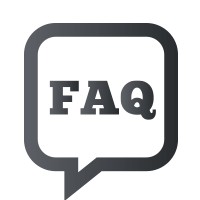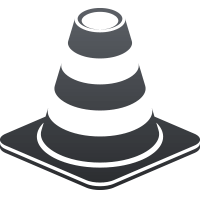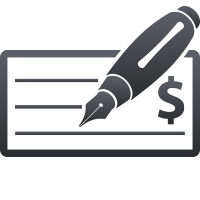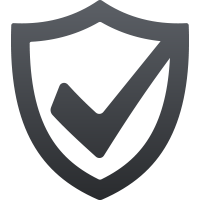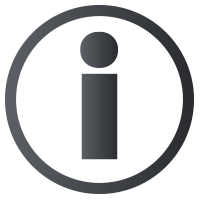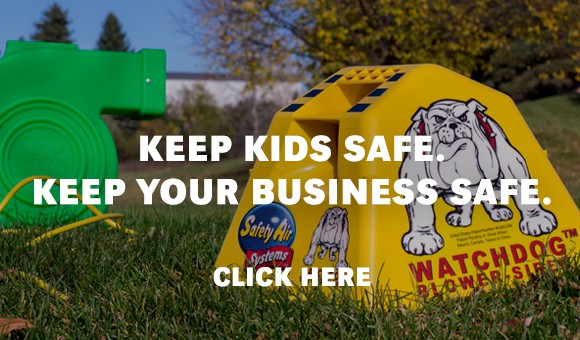Even with safe practices in place, injuries and incidents can happen. Emotions can run high when they do occur, therefore, it is very important for businesses to preserve evidence and records of incidents. The following suggestions will help you to properly document an incident that occurs with one of your patrons.
- Get Statements. A majority of injuries on inflatables are due to carelessness on the part of the patron. A patron’s excitement to go on an inflatable ride may cause them to ignore safety rules or common sense. Patrons may overestimate their athletic abilities or even try to do something that is explicitly not allowed. Immediately after incidents, often injured patrons apologize for their lack of good judgement and admit their mistake. It is prudent to docuement these statements as well as the statements from your staff as to what they saw, what warnings were given to the injured patron prior to the incident, and a list of staff members on duty at the time the injury occurred. Once a lawyer gets involved, the injured patron often seems to remember things differently and may re-write the event in their mind and heart. Thus, it is crucial to document any and all admissions and statements from both the injured patron and any eye-witnesses immediately following the incident. Having such documentation of the event will provide you with a legal advantage when a jury or judge decides a verdict regarding your liability.
- Complete a Detailed Incident Report. Incident reports should be tailored specifically to the nature of your business. However, at a minimum they should include contact information for all witnesses, a description of the accident and the patron's alleged injuries. It is also aa good idea to note the weather conditions and what type of footwear the patron was wearing. Always be sure to complete an incident report even if the patron declines to participate or the incident seems minor. If a patron refuses to provide specific information, include as much information on your report as possible including the date of incident and a physical description of the patron. Also be sure to indicate on the report if the patron declined to provide the requested information.
- Make Use of Technology. As soon as possible, take photographs of the area of the incident. Be sure to photograph any alleged hazards that were involved in the incident as well as any warning signs present at the time of the incident. In addition to photographs, many businesses have surveillance cameras. If you have such equipment, take the needed steps to preserve footage of the event including what led up to the accident. Video cameras can be used to interview the injured patron and witnesses. Tone and feelings can be captured better with video than your notepad. Photographs can also be used to strengthen your documentation. Make sure that your staff always has access to a camera or smartphone. In order to effectively document the scene, it is important to take photos at different angles and distances. Descriptive notes should be taken on each photo. Of course, make sure to review the legal requirements of audio and video recording and photography in your state. Such laws may prevent you from taking photos of the injured individual.
- Keep Good Records. Documentation is of no use if it is not properly kept. Thus, be sure to save backups of your notes, statements, waivers, photos, videos, and other evidence of the incident in a safe place. Copies should be stored both electronically and physically.
- Train Your Staff. You may not always be there when a patron gets injured. Thus, all members of the staff should be properly trained on how to document injuries. It would be prudent to create an investigation kit for staff to have on hand. This may include a camera, a video recorder, pens, notepads, and measuring devices. Of course, staff should be trained to comply with the directions of police officers or first responders that may be called to the scene.
- Notify Appropriate Parties. As soon as possible after an injury occurs, make sure to notify your insurance company as well as the manufacturer of the device used by the patron.
- Follow Up. After an incident has occured, follow up with the patron(s) involved. In most cases a follow-up call is probably not going to dissuade a customer from pursuing a claim, however, a little kindness can go a long way in humanizing your business if the claim ends up in a lawsuit. Be sure to assign a well-spoken, well-trained member of management or risk management to make the follow-up call. Keep the call brief - ask how the customer is doing, but do not discuss the investigation or make any admissions. Take notes during the call and retain them in the incident file.
Incidents happen, and guests and patrons can get hurt. When they do, following the previous practical tips may ultimately assist in the completion of an effective investigation and with the resolution of the case.





